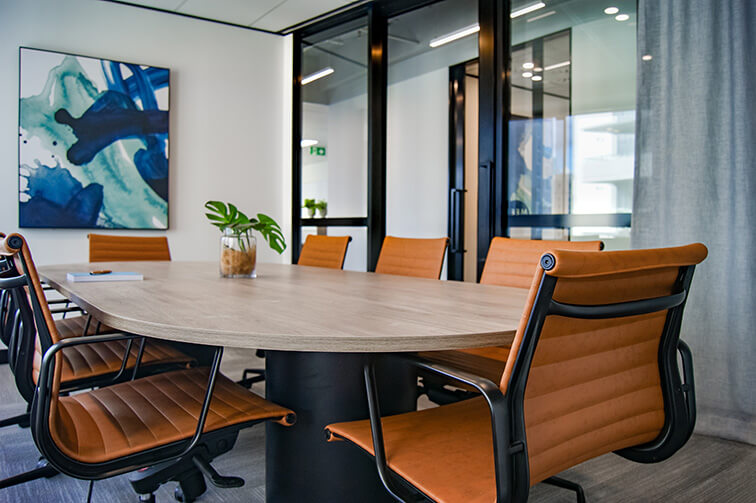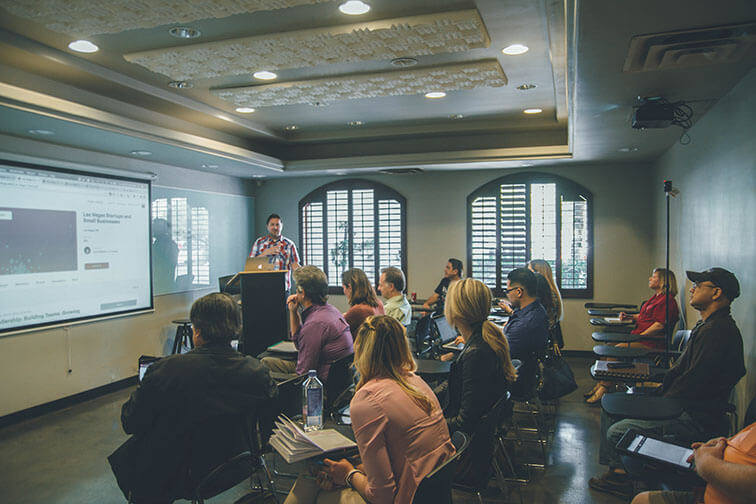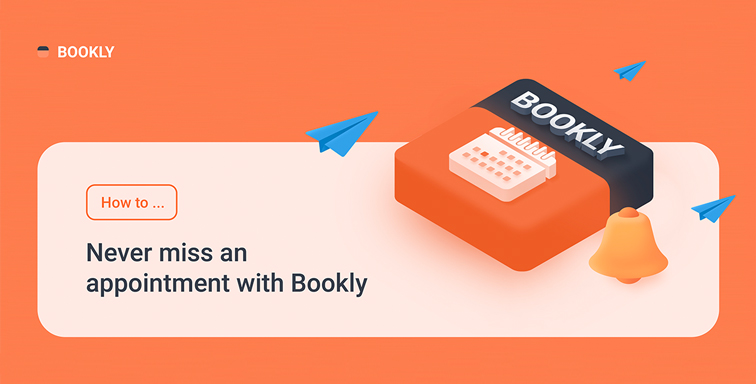
Conference room setup ideas to transform your next meeting
15% of an organisation’s time is spent in meetings, according to recent research from the Muse. One reason is that those meetings aren’t quick. The average meeting lasts between 31 and 60 minutes. With so much time spent in meetings and conferences it makes sense to ensure that the time is used wisely.
The importance of the conference room setup shouldn’t be underestimated. These are rooms were ideas will be presented, decisions made, and strategies formed. The right environment can help to foster each of these, producing superior outcomes for the organisation. You want to have an environment where people feel comfortable, able to speak freely and have the resources required to convey their ideas.
Despite the importance of conference rooms, there is lack of concrete information on how to design an optimal environment. Many books, lectures and training have been devoted to conducting an effective meeting or presentation. When it comes to the room where those meetings occur there is far less information available.
We all intuitively understand the importance of environment for productivity. It’s the difference between studying a library vs a busy construction site. The right environment isn’t just a part of the puzzle, it can be a complete gamechanger. Here are our tips for setting up a conference that can transform your next meeting.
Identify how the room will be used
There is no one size fits all solution for choosing the right conference room. The right conference room will vary depending on what is being presented and how that material will be discussed. Some of these considerations include:
-
- Convenience – Should the conference room be on-site or off? A conference room that is located within your building may be more convenient for employees to attend. This may increase attendance and reduce the amount of productive time lost to travel time. Conversely there may be times when having a conference room off-site makes more sense. If you are planning a transformative strategy for the business or launching a new product, then you may want to move your team to a new physical environment. Moving out of a familiar environment can help to break up existing thought patterns and induce new ways of looking at problems. If there are external participants at the conference room, then it may make sense to find a location which makes attending more convenient.
- Focused activity vs Brainstorming – There is research which correlates the environment to our level of focus. It could be assumed that a tidy, sterile room is always going to be more conducive to productive activity, but the research suggests otherwise. A more cluttered and less ordered space can help to induce looser focus. It is this mental state which is aligned with creative thought. In short, if the purpose of your meeting is brainstorming then a less organised or more playful environment may be more suitable. If you require tight focus from your participants, then opting for something more sterile could be more suitable.
- Number of participants – Determine how many people will be attending the conference. This may seem like a common-sense requirement. Obviously, if you have more people attending than seats, the conference room will not be appropriate. But, hiring a conference room which is also too large can also be a problem. A room that is far too large for the number of people can inhibit the feeling of group cohesiveness and may seem awkward.
- Privacy and interruptions – How key is it that the privacy of the participants is preserved? This ties in with deciding whether to choose an off-site or on-site location. In the case of sensitive meetings, you may want to find a more private environment, perhaps one where participants are able to leave and exit with discretion. Even if privacy is not of major concern it still may be important that interruptions to the meeting are minimised.
- Presentation material – The type of material that is being presented and the format it will be delivered will impact the requirements for the conference space. As detailed below this can influence decisions regarding the technology, lighting and furniture in the room.
Furniture, technology and lighting
The décor, furniture, technology, and lighting in your room are all important factors to consider. The effect of some of these factors can be quite subtle, others like not having the appropriate technology can play a pivotal role in the success or failure of the meeting. Make sure that everything in the room supports the purpose of the meeting is not something you want to leave chance. Make a list in advance of your requirements, so that you can ensure that your meeting room meets as many of your criteria as possible.
Lighting
Lighting is an often subtle, but important, factor in the success of a meeting. As mentioned above to determine your lighting requirements, you need to first know what material will be presented. If a presentation is going to be projected, then you may want to have the option to dim the lights in the room. For conference rooms with windows may also need to reduce natural light through blinds.
If you want the participants in the conference room to feel more relaxed, then softer light may be more appropriate. This needs to be balanced against the need for alertness. If the lighting is too soft, then people may become too relaxed to be fully engaged with the purpose of the meeting. In other types of meetings brighter and more sterile light may be more appropriate. This is often the case of board meetings or similar, where material needs to be read through carefully and processed by all participants. Again, some balance is required here as light which is too harsh can actually make reading of material more difficult.
Furniture & décor
The choice of furniture and decor goes far beyond how to decorate a conference room. They form the foundation of a successful meeting environment. It starts with the choice of tables. In the case of large conferences with many participants then multiple tables may be required. For smaller meetings then a single, or even no, table may be more suitable. The design of the table is important. A rectangular table, especially if long, can reflect hierarchy. A circular table, with no-one at the head, is more egalitarian – hence King Arthur’s Knights of the Round Table. There are also practical considerations when selecting tables. If there is a presentation or a speaker at the front of the room, then you want to avoid table placement or design which will necessitate attendees from having to constant swivel their heads.
Access to PowerPoints and USB chargers will also play a role. Rooms which have been specifically designed for business conferences these may be accessible through a central panel on a table. In other spaces the PowerPoints and USB chargers (if available) will only be available on the sides of the room. This can be extremely inconvenient and lead to trail of cables if the participants will need access to electronic devices throughout-out the meeting.
Finally, you may decide to remove tables all together and place comfortable chairs around the perimeter of the room. This setup allows people to stand up and move around. They can present more freely or relax more fully when considering the ideas being presented. Such as setup can be more suitable for longer meetings involving strategic planning or brainstorming.
Technology
Technology will play a huge role in the success of your meeting. Technology will potentially impact every area of your presentation from the way that information is delivered to the way it is consumed. This is particularly true if some people will be remotely participating in the meeting. Here are some of the most important technology considerations when planning your conference room.
Reliable WIFI
If there is one factor that hinders meetings more than any other it is unreliable WIFI. WIFI that is both fast and consistent is critical. One thing to watch out for is providing easy access to WIFI for non-employees. If you are hosting the meeting at your own office, then access to WIFI for employees may already be setup. But, often getting partners or clients who do not already have a WIFI account registered can be more challenging. Ensure that the process of setting up a new user on WIFI is as seamless as possible and check that everyone has access to WIFI before the meeting begins. If you are holding the conference at an external location, then WIFI is one of the first things to test for.
Video Conferencing
In today’s globalised economy with a focus on flexible working meetings increasingly involve at least some of the participants joining remotely. If people will be joining your conference remotely then video conferencing capabilities will play an important role.
There are a number of different types of video conferencing solutions available many of which are free. But these solutions may not be suitable for the requirements of your meeting. Ideally, you want to replicate as close as possible the experience of being “in the room” for those people joining remotely. This means users should be able to view everyone who is sitting in that room and the material that is being shared. If material is being viewed on a horizontal table, for example with architectural plans, then you will need a way for video to capture this viewpoint. If some joining remotely needs to present the screen should be properly setup in order to accommodate this.
Lastly, one often overlooked issue when considering video conferencing is lighting and audio. In principle someone may be able to view the entire room remotely, but inadequate light may make it difficult to capture the details. Likewise, audio from the participants in the room may not be clear for people joining in remotely. If it is important that everyone is clearly heard, then you may want to consider using external audio mics.
Presentation setup
Connecting computer to the presentation system is another common time that problems are encountered. If you have multiple different people from different organisations, then you can almost guarantee that someone won’t have the right port to connect to the system. One way to avoid this issue is to decide in advance who will be presenting using the projector and ensure that at least are able to connect easily. In some circumstances you may be unsure what type of device will need to connect to the projector. If you have vendors, clients or partners presenting then it is often not until you are at the conference room that potential problems present themselves. In these circumstances a good solution is to use a wireless presentation system. This should allow any participant to make use of the projector.
Traditional or interactive whiteboard
If you want to use a whiteboard in your presentation, then you have the choice of either a tradition or an interactive whiteboard. Traditional whiteboards do have their advantages. They are easy to setup: everyone understands how they work and there are no potential technology issues. In many cases a traditional whiteboard will serve perfectly fine for most meetings. There are benefits however in using an interactive whiteboard. An interactive whiteboard, aka a smart whiteboard, provides an interactive display roughly the same size as a standard whiteboard.
Interactive whiteboards operate both as standalone devices and connected to other devices. Some of the key benefits of interactive whiteboards include:
- Increased interaction – An interactive whiteboard allows for greater engagement during the meeting. Notes, edits and additional information can be added to the presentation. Participants don’t need to take their own notes because the presentation, including all of the information created during the meeting, can be shared later.
- Suits remote participation – As already highlighted it is now very common for participants to join a meeting remotely. One of the major advantages of an interactive whiteboard is that participants can view the whiteboard presentation and provide direct easily no matter where they are located.
- Recorded playback – Using an interactive whiteboard the meeting presentation can be recorded. This means it is available for later playback both by those who attend the meeting and those who have missed it.
- Bring in additional resources – Using an interactive whiteboard it is easy to reference additional resources to compliment the presentation. This can include video files, website links, 3D models and any other online resource.
Conclusion
Selecting the right conference room begins with identifying the meeting’s purpose. Once you understand what outcome you want to achieve, defining the requirements for the conference room becomes much clearer. Conferences frequently involve a significant investment of time from some of the most important members of your organisation. A positive outcome which delivers on the meetings purpose can have an outsize effect on the business. It makes sense therefore to take the time to plan for success.








